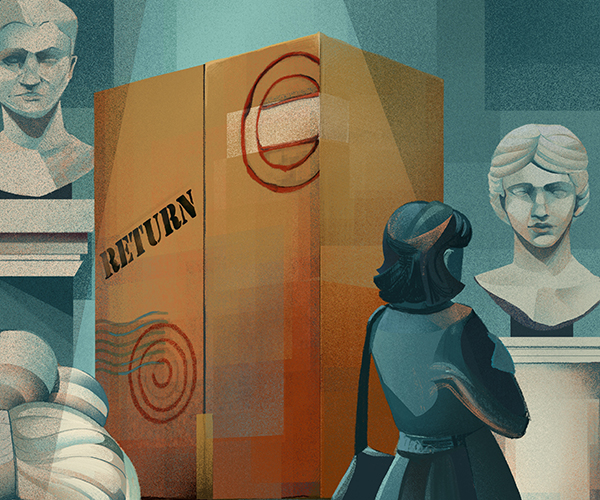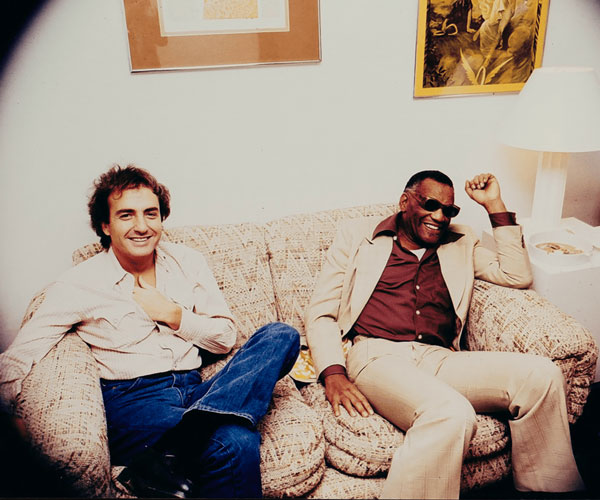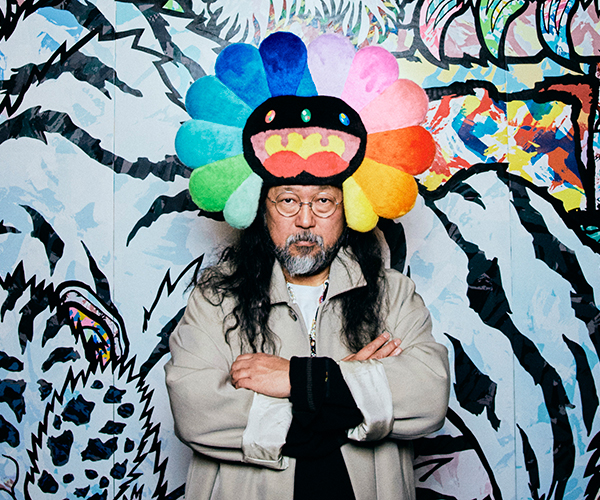Sister Mary Corita Kent had 10 rules for her students at Los Angeles' Immaculate Heart College. The first one was zenlike simple: Find a place you trust, and then try trusting it for a while.
It's fitting for the nun and printmaker who led the school's art department from 1947 to 1968. When Kent left the order during one of the most turbulent periods of U.S. history, she used her work to promote antiwar activism.
"She really drove the students there to think about their practices as artists and as agents in the world," says Rose Bouthillier, associate curator at the Museum of Contemporary Art Cleveland.
Someday is Now: The Art of Corita Kent, on display at MOCA from June 27 through Aug. 31, surveys more than 30 years of Kent's art.
Working almost exclusively with screen-prints, her pieces move from documenting the life of Christ in the '50s to the bold pop-art posters of the '60s and '70s. Utilizing brightly colored text and advertising, Kent's art portrays positive political and spiritual messages.
"There's a certain Warholian depth to a lot of the work," says Bouthillier.
Like the famed pop artist, Kent's most iconic pieces borrow from the era's well-known consumer products, reshaping the General Mills logos through tearing, crumpling and layering with neon backgrounds and antiwar lyrics and newspaper clippings.
In addition to the more than 200 serigraphs, posters and photos that were part of a traveling exhibit on Kent's work, the Beatitudes Banner will also be on display. The 40-foot-long, 4-foot-high banner integrates biblical verses and quotes from historical leaders such as John F. Kennedy's public address on the Nuclear Test Ban Treaty of 1963.
Following Kent's themes of unity, MOCA will host programs to creatively bring people together, including a march across the Circle Village for Parade the Circle, printmaking workshops and a social activism seminar where Earl Pike will discuss the juxtaposition of '60s activism as it might be comparable to activism of today.
"For her, it was really a sense of community creation," says Bouthillier. "This idea of celebration of difference and this celebration of coming together and forming communities through action is really important."



